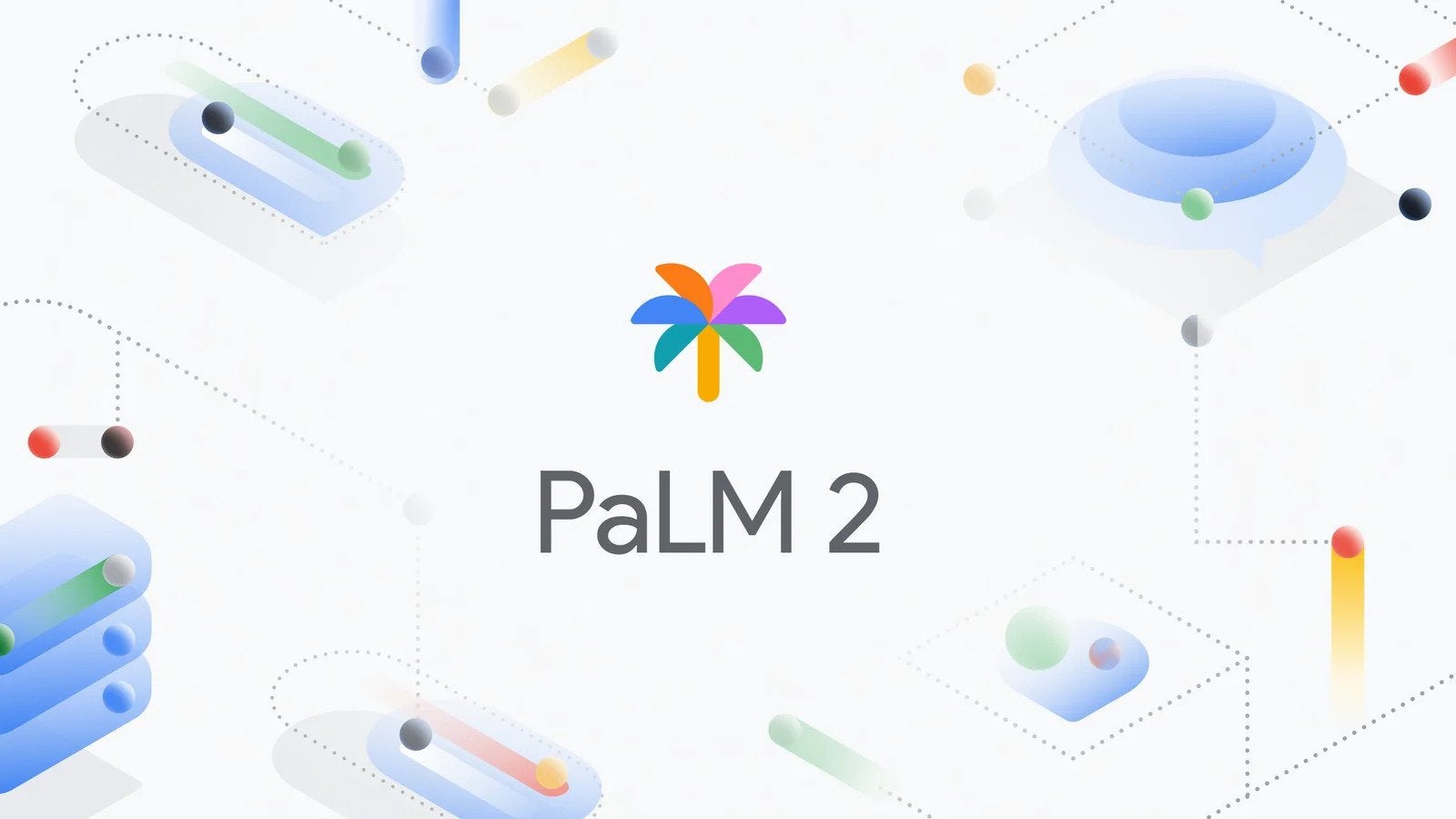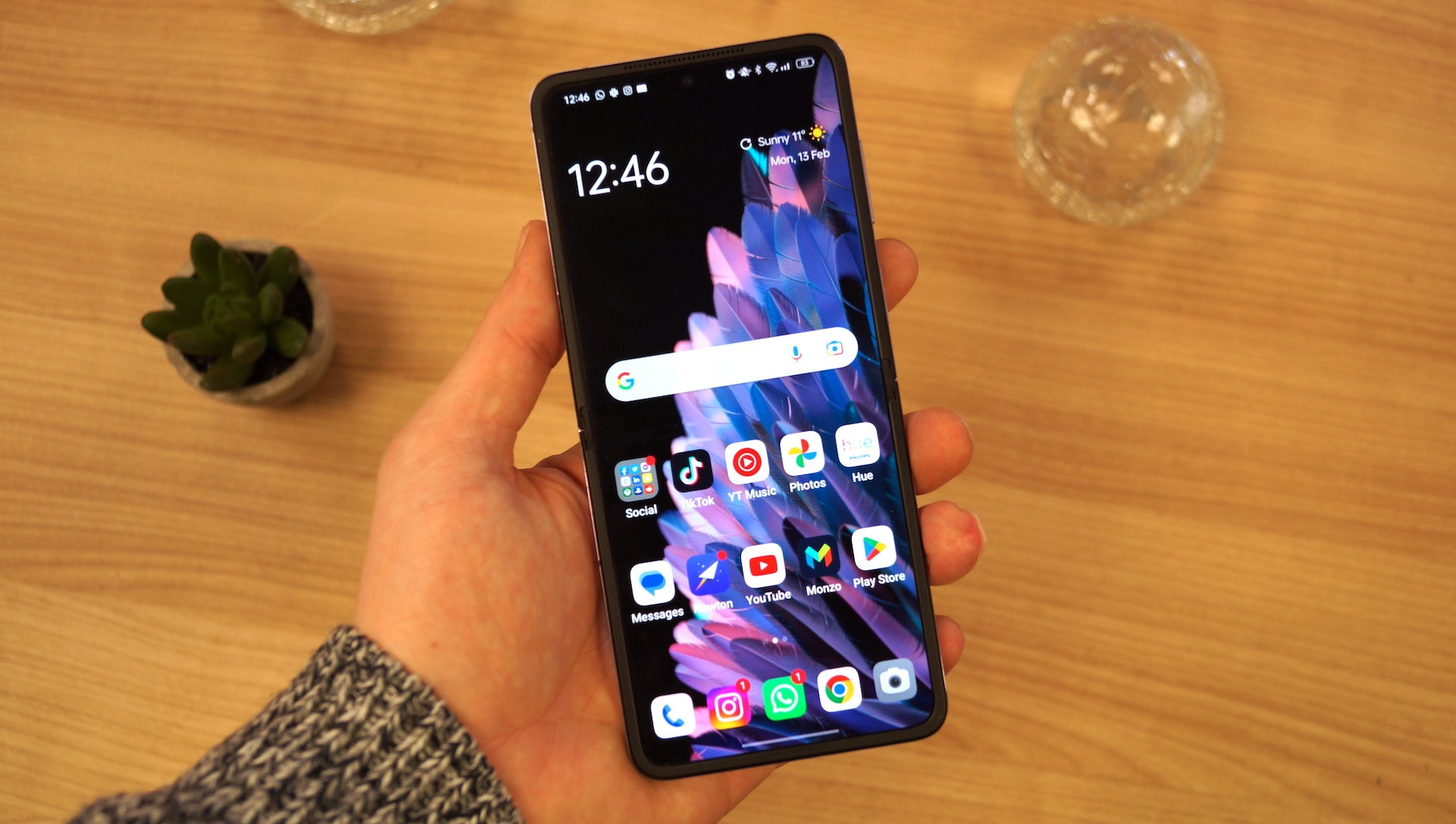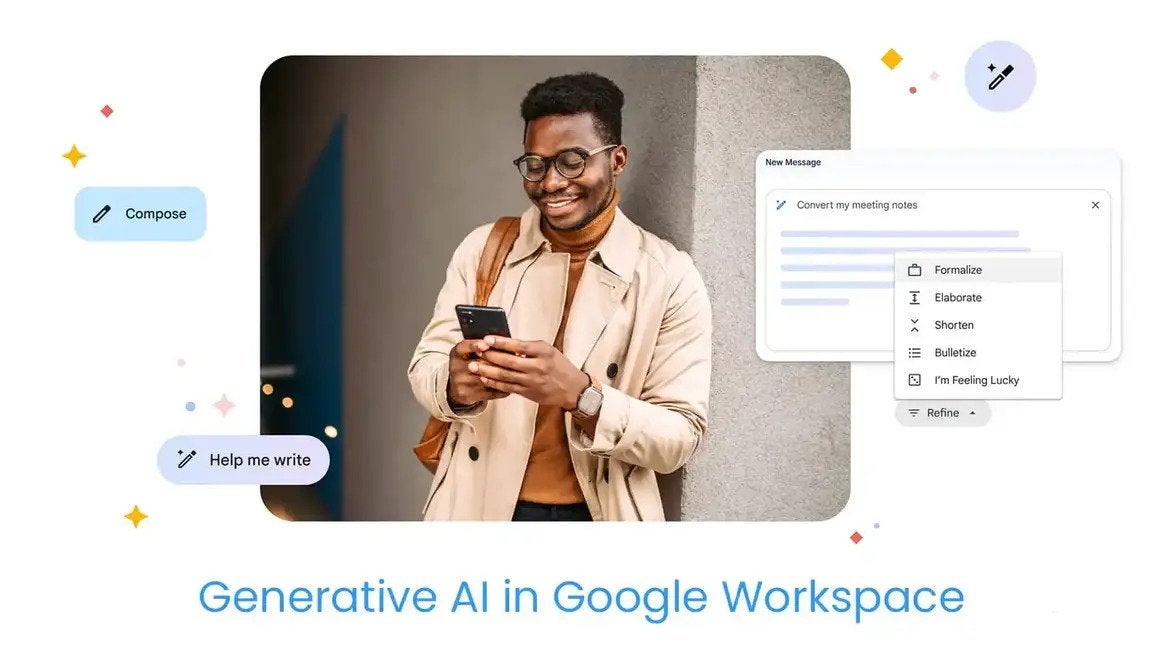Google Pixel Fold vs Oppo Find N2: Five key differences
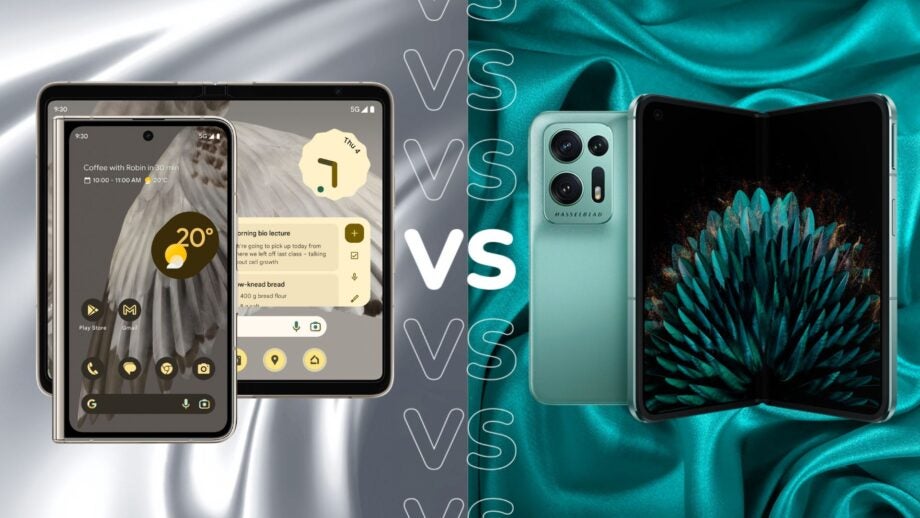
The Google Pixel Fold is official after years of rumours and leaks, and it’s scheduled for release sometime in June. But how does it compare to the Oppo Find N2?
While you can’t actively buy the Oppo Find N2 outside of China, the foldable is one of the most impressive bits of foldable hardware around with an LTPO-enabled 120Hz display, Hasselblad-branded cameras, 67W fast charging and Snapdragon 8 Plus Gen 1 processing power.
That doesn’t mean the Google Pixel Fold can’t shine against it though; the Pixel Fold not only has larger displays but much better software support, Google’s AI camera smarts, better battery life and, crucially, it’s actually available to buy worldwide. Well, it will be in June anyway.
Here are five key differences between the Google Pixel Fold and Oppo Find N2.
The Pixel Fold has larger displays
Both the Google Pixel Fold and Oppo Find N2 sport the same general design with both sporting the book-style foldable layout with a smaller outer display and a larger inner foldable display, however, there are differences between the two.
The most notable is the size of the displays, with the Pixel Fold featuring both a larger cover display and larger inner display than the Oppo Find N2, measuring in at 5.8 inches on the OLED cover and 7.8 inches on the inner OLED display. That’s compared to a 5.1-inch AMOLED cover display and a 7.1-inch internal AMOLED display.
It’s not a complete win for Team Google though; while the Pixel Fold is bigger, the Find N2 boasts LTPO technology that allows for a dynamic 120Hz refresh rate that can drop down to as little as 1Hz to improve overall battery life. The Pixel Fold, on the other hand, has standard 120Hz displays.
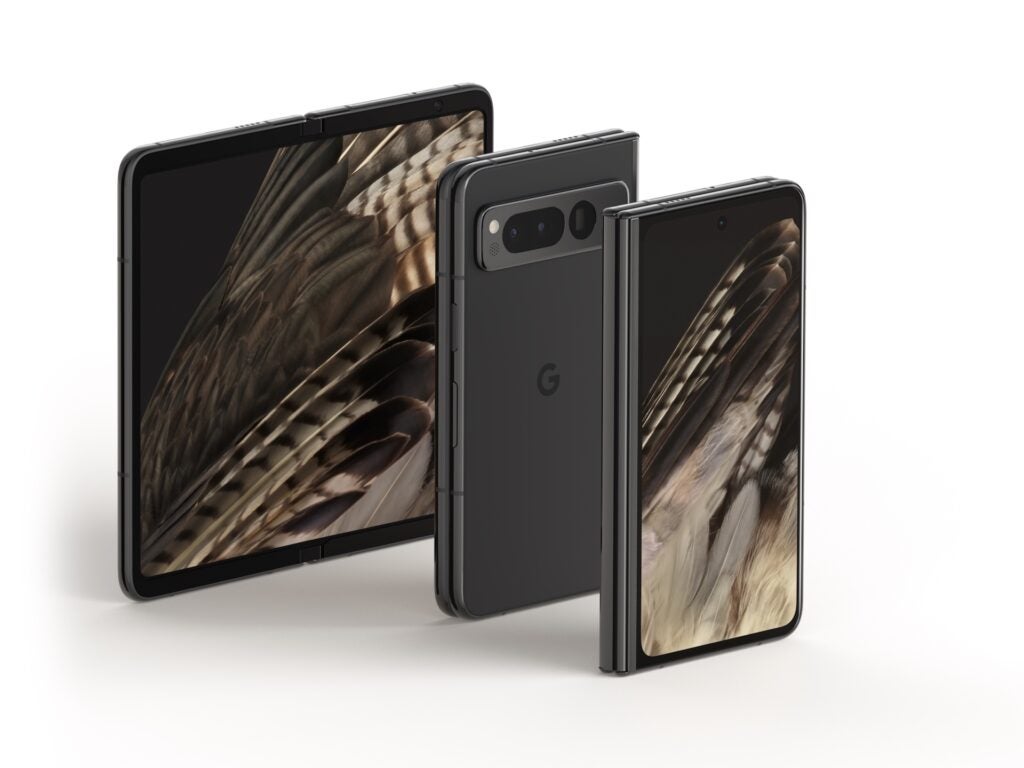
The Oppo Find N2 has better cameras (on paper)
The Google Pixel Fold has a decent camera offering that allows it to compete with the popular Galaxy Z Fold 4, boasting a 48MP main sensor along with a 10.8MP ultrawide and 10.8MP dual PD telephoto camera, with a mix of a 9.5MP lens on the cover display and an 8MP snapper on the internal foldable display.
While that’d be fine compared to most of the foldable competition, it doesn’t quite beat the camera chops of the Oppo Find N2 – on paper, at the very least.
That’s because the Find N2 boasts a 50MP main camera along with a 48MP ultrawide and a 32MP telephoto, complete with dual 32MP selfie cameras on both internal and external displays. It also has the company’s Hasselblad partnership to utilise features like Hasselblad Color Calibration.
We’re yet to test either camera, so it could be that the Pixel Fold delivers more impressive photography in real-world conditions – especially with the phone’s AI chops – but we’ll have to wait until we go hands-on to be sure.
£30 per month for the Google Pixel 7 and 100GB of data
The Pixel 7 is one of the best phones we’ve reviewed this year, especially for the price. Now you can get it for an incredible price that includes 100GB of data on the Three network for just £30 per month, making it even more affordable. If you’re a keen mobile photographer, it’s an ideal handset for you.
- Affordable Mobiles
- 100GB, unlimited minutes, unlimited texts, and no upfront cost
- £30 per month
The Pixel Fold boasts water resistance
While water resistance has become ubiquitous in the flagship smartphone market, the same can’t be said for the vast majority of foldables, likely down to the extremely complex hinge system and the flexible inner display.
There are some exceptions to this rule however; the Samsung Galaxy Z Fold 4 and Z Flip 4, and now, the Pixel Fold. All three offer IPX8 water resistance that should protect them after being submerged in 1.5 meters of water for 30 minutes, giving users added peace of mind as they go about their daily lives.
The Oppo Find N2, on the other hand, offers no kind of official water resistance, so it may not fare as well if it falls into a pool or gets a drink spilt on it.
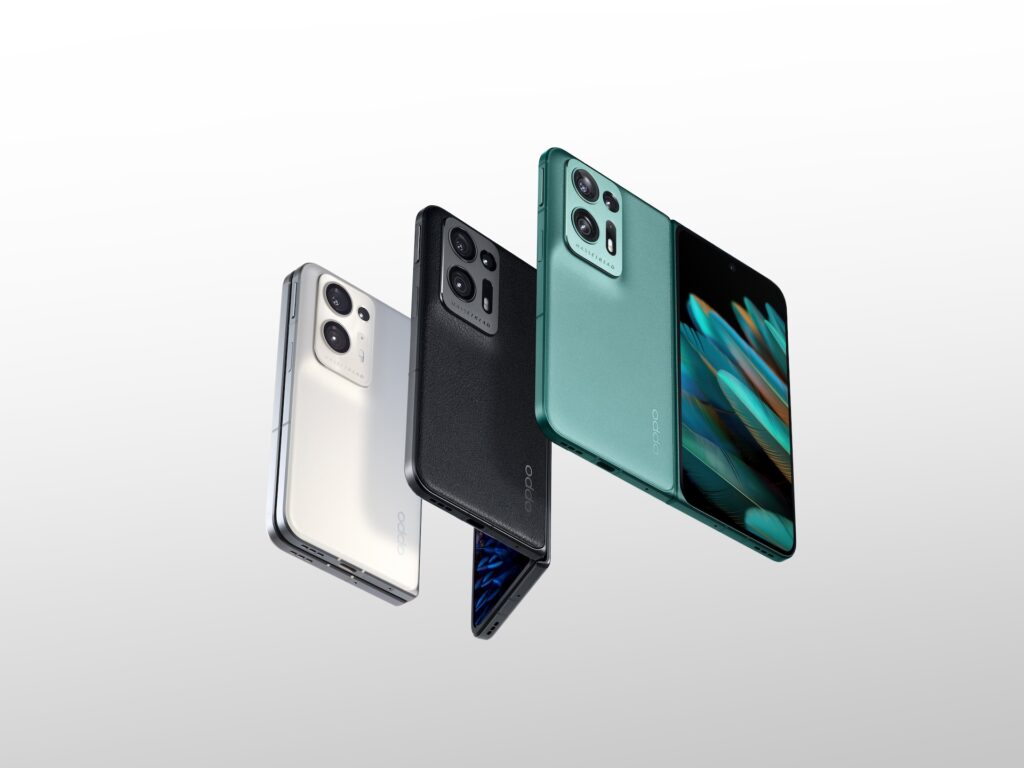
The Oppo Find N2 charges faster
The Oppo Find N2 takes the charge when it comes to fast charging, which should come as no real surprise given Oppo’s penchant for fast charging on its standard smartphones – the Find X6 Pro has 100W fast charging that provides a full charge in 30 minutes, for example. The Oppo Find N2 boasts 67W SuperVOOC fast charging support that the company claims can get a full 100% charge in 42 minutes.
On the other hand, Google stayed very quiet about charge speeds of the Pixel Fold at its Google I/O announcement, and that’s because it charges at the same (decent, but not rapid) 30W as the Pixel 7 range, though oddly enough, a 30W charger won’t come in the box.
The Fold should, at least, have the upper hand when it comes to general battery life with a larger 4821mAh capacity than the 4520mAh Find N2, and Google is claiming that it boasts “beyond 24-hour battery life” on average with up to 72 hours of use when the Extreme Battery Saver is enabled.
You can actually buy the Pixel Fold
While the Oppo Find N2 certainly beats the Pixel Fold in some key areas, the problem is that it’s nearly impossible to buy outside of China, unless you go down the route of importing it from abroad. That comes with a whole host of issues, like having to sideload Google Play, and it may not be compatible with all the 4G and 5G bands in your country.
The Google Pixel Fold, on the other hand, is available to pre-order right now from the Google Store in the UK, US, Canada and parts of Europe with delivery scheduled for sometime in June. It is an expensive foldable, however, starting at £1749/$1799 with 256GB of storage as standard.


